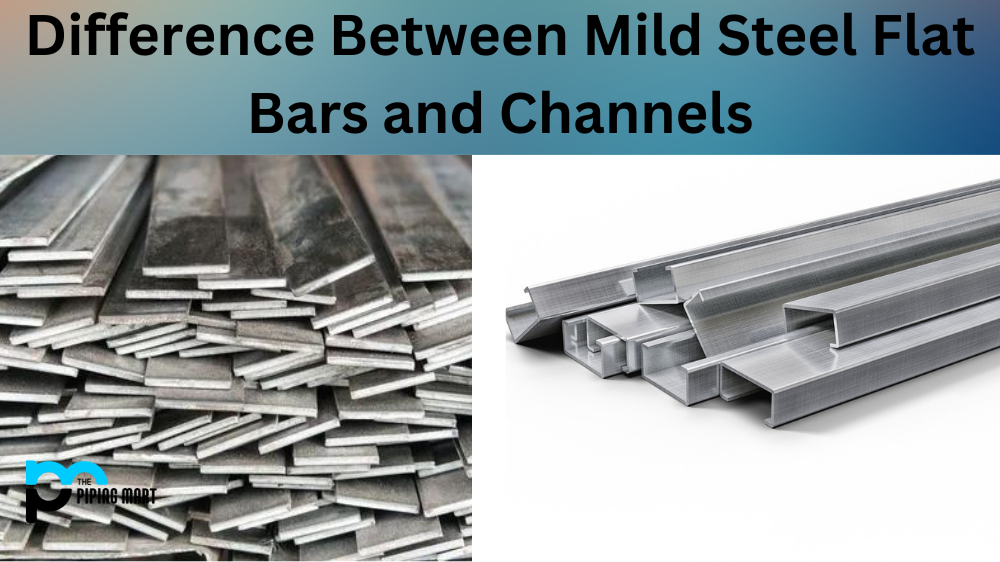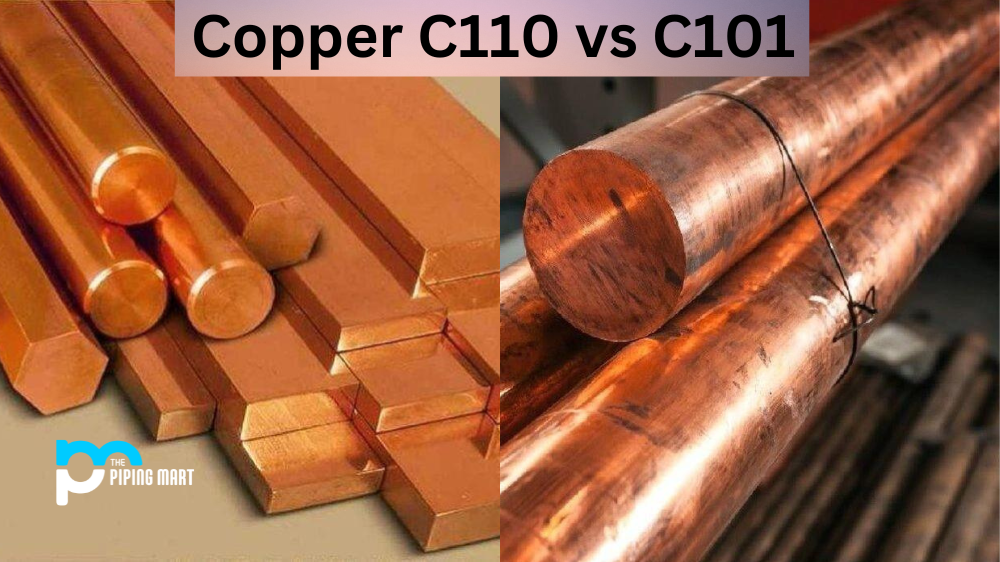If you’re new to metalworking and fabrication, you may be unsure of the difference between mild steel flat bars and channels. While they may look similar, there are some distinct differences that make them uniquely suited for different types of projects. Let’s take a closer look at what sets these two metals apart.
Mild Steel Flat Bars
Mild steel flat bars are one of the most common types of metal used in DIY projects or industrial applications. They are designated by having a rectangular cross-section with sharp edges on either side. This makes them ideal for cutting, welding, grinding, and machining. They can also be bent or rolled into various shapes as needed for a particular project. Mild steel flat bars come in sizes ranging from 8mm to 100mm wide and can often be cut to length according to your needs.
Mild Steel Channels
Mild steel channels have a slightly different shape than mild steel flat bars; instead of being rectangular in shape, they have an “L” or “C” shape with curved edges on either side. They also come in sizes ranging from 8mm to 100mm wide but can often be produced in custom lengths as well. Mild steel channels are most commonly used when the load-bearing capacity needs to be greater than that provided by mild steel flat bars. This is because they provide more structural support due to their shape and size—the curved edges allow them to distribute weight more evenly throughout the bar itself, making it much stronger than its counterpart.
Mild steel flat bars vs channels
Shape
One of the primary differences between flat bars and channels is their shape. Flat bars are flat and have parallel sides, while channels have a U-shaped cross section with two flanges on either side. This difference in shape gives each type of steel bar different strength and stiffness properties.
Applications
Another difference between flat bars and channels is their typical applications. Flat bars are commonly used in construction for structural purposes, while channels are often used in manufacturing and repairs for their strength and durability.
Cost
Another difference between flat bars and channels is their cost. Channels typically cost more than flat bars due to their more complex shape and higher production costs.
Conclusion
When choosing between mild steel flat bars and mild steel channels for your next project, it’s important to consider what type of structural support you need as well as the desired end result. Both offer great strength and durability but vary slightly in terms of design. Understanding which one is better suited for your application will help ensure optimal results while saving time and money along the way!

Pipingmart is a B2B portal that specializes in metal, industrial and piping items. Additionally, we share the latest information and information about materials, products and various types of grades to assist businesses that are involved in this business.




